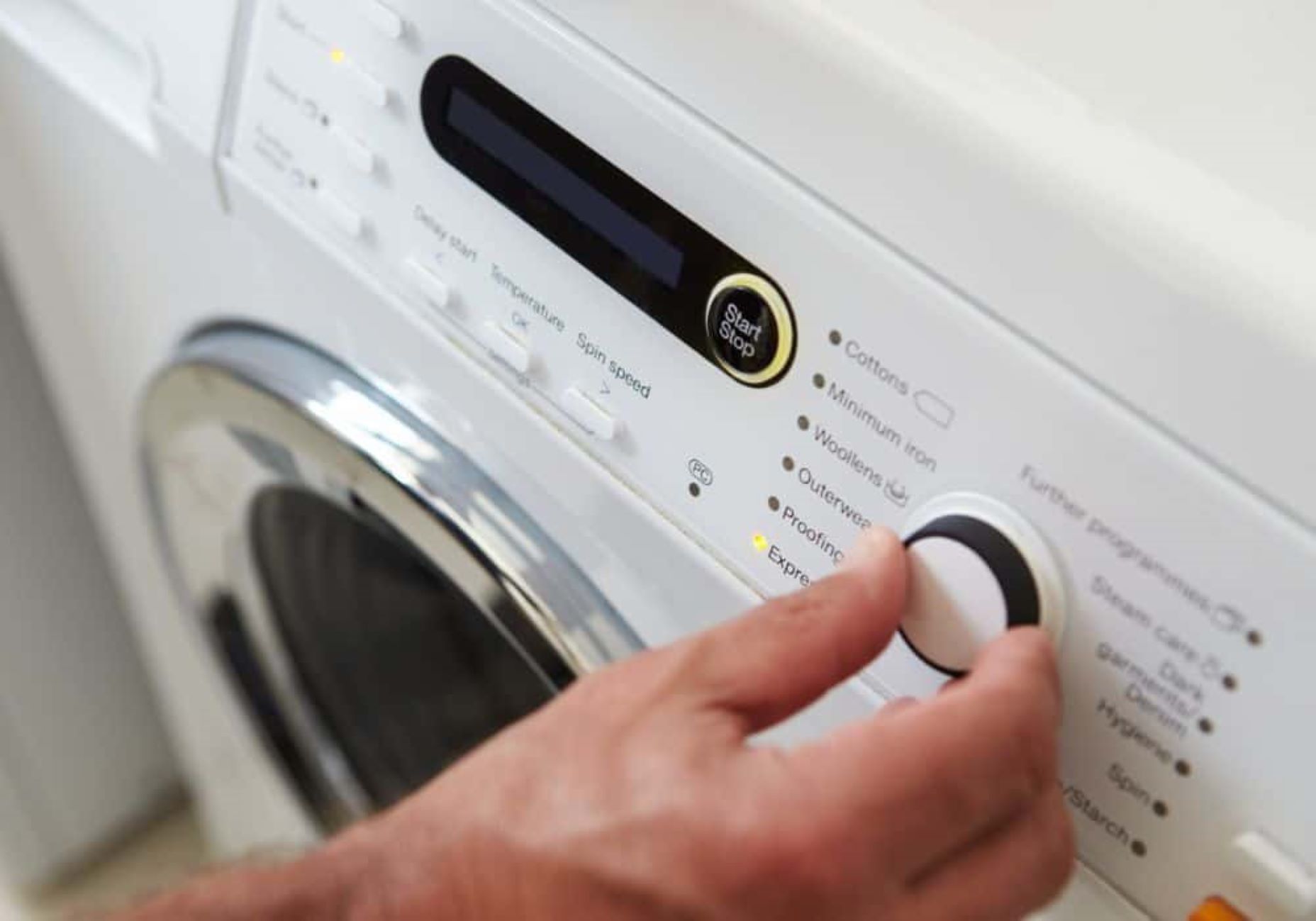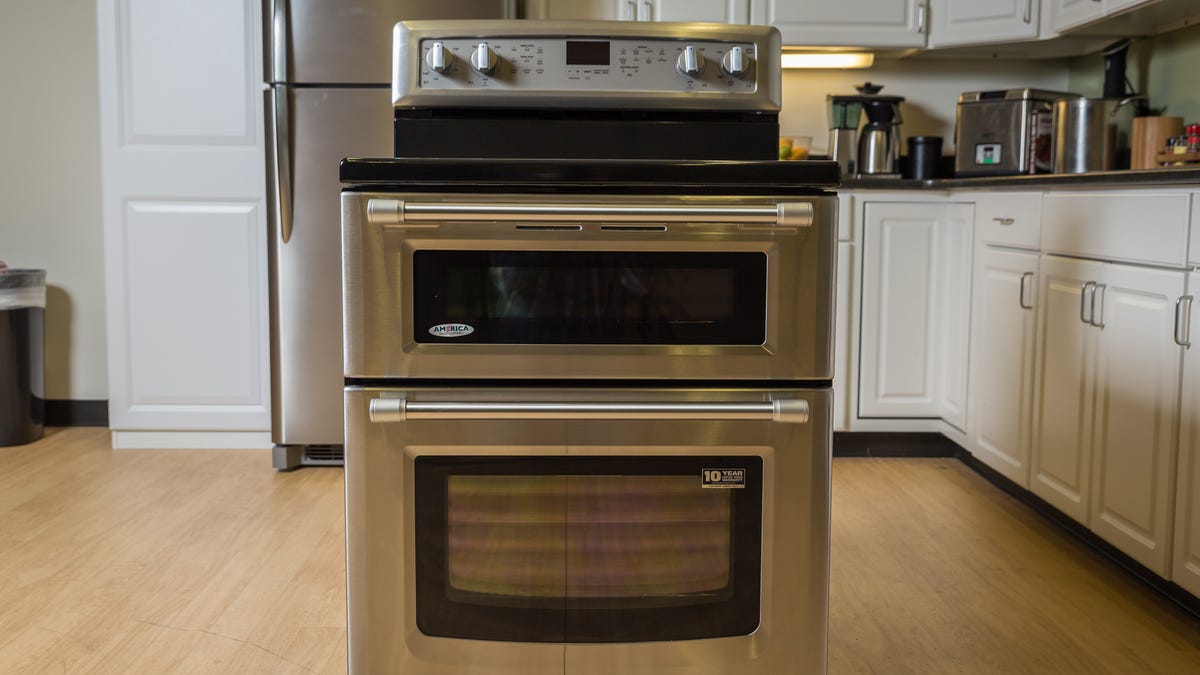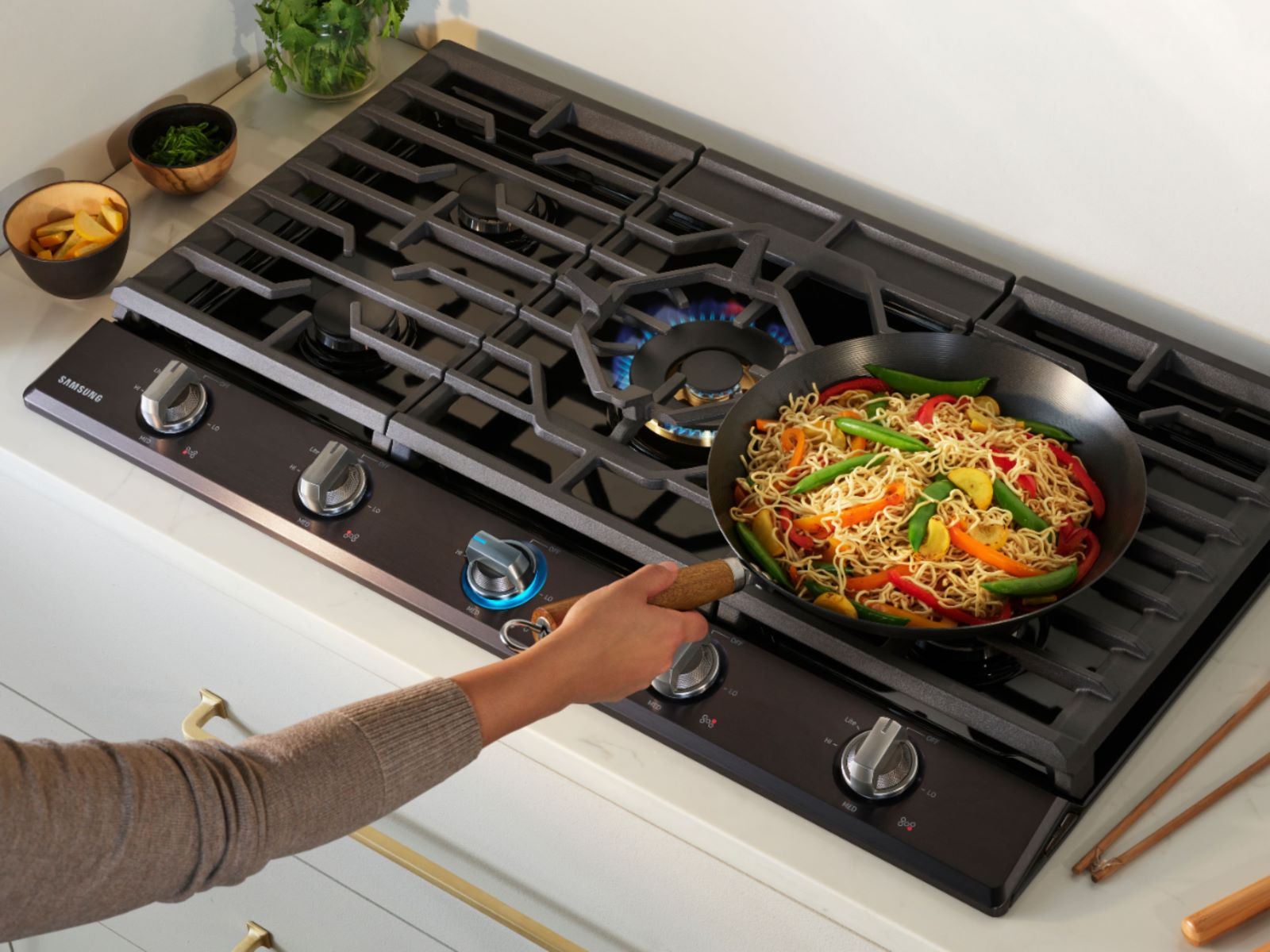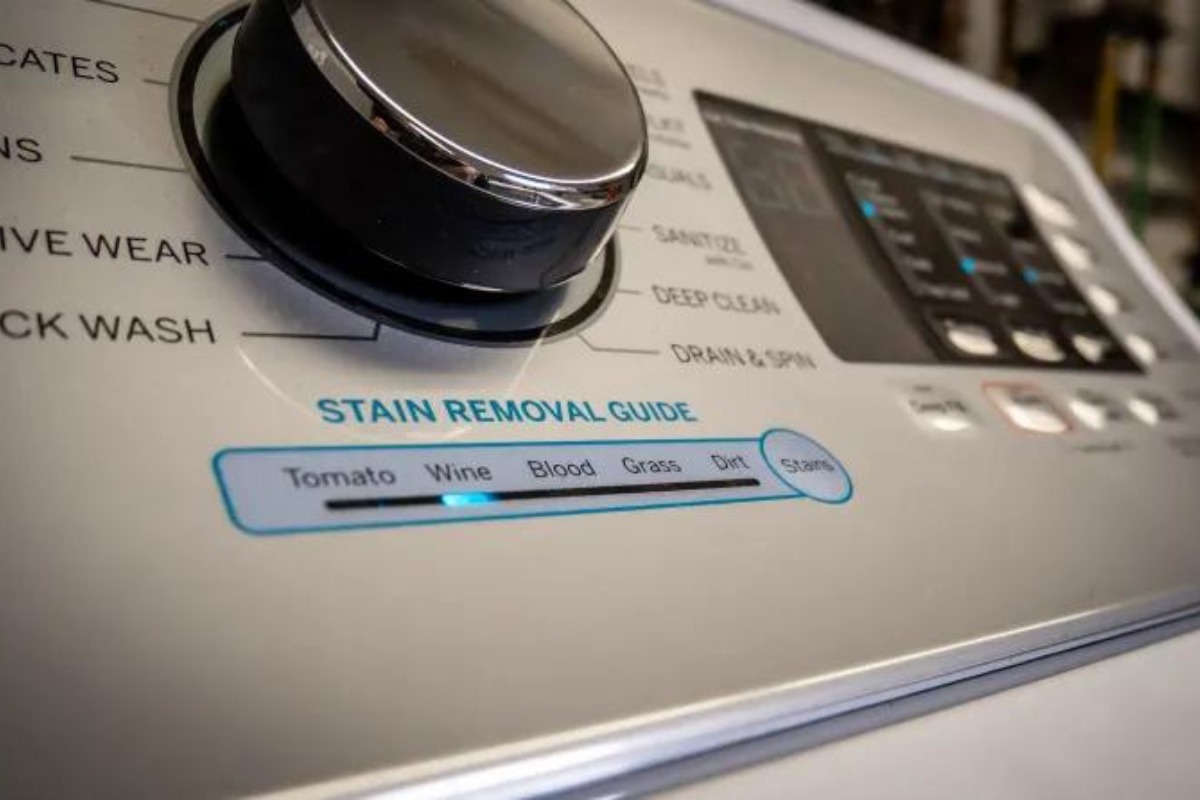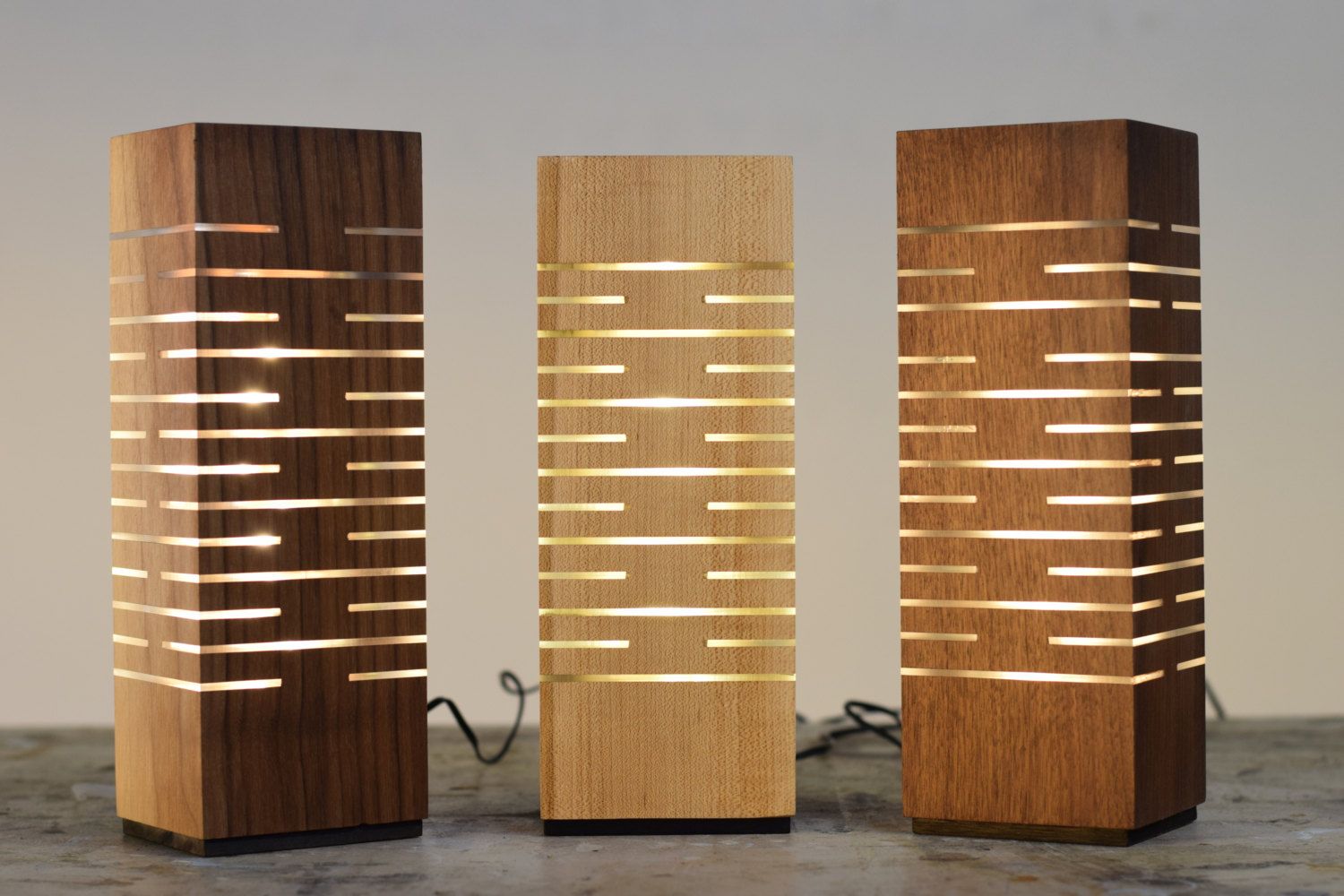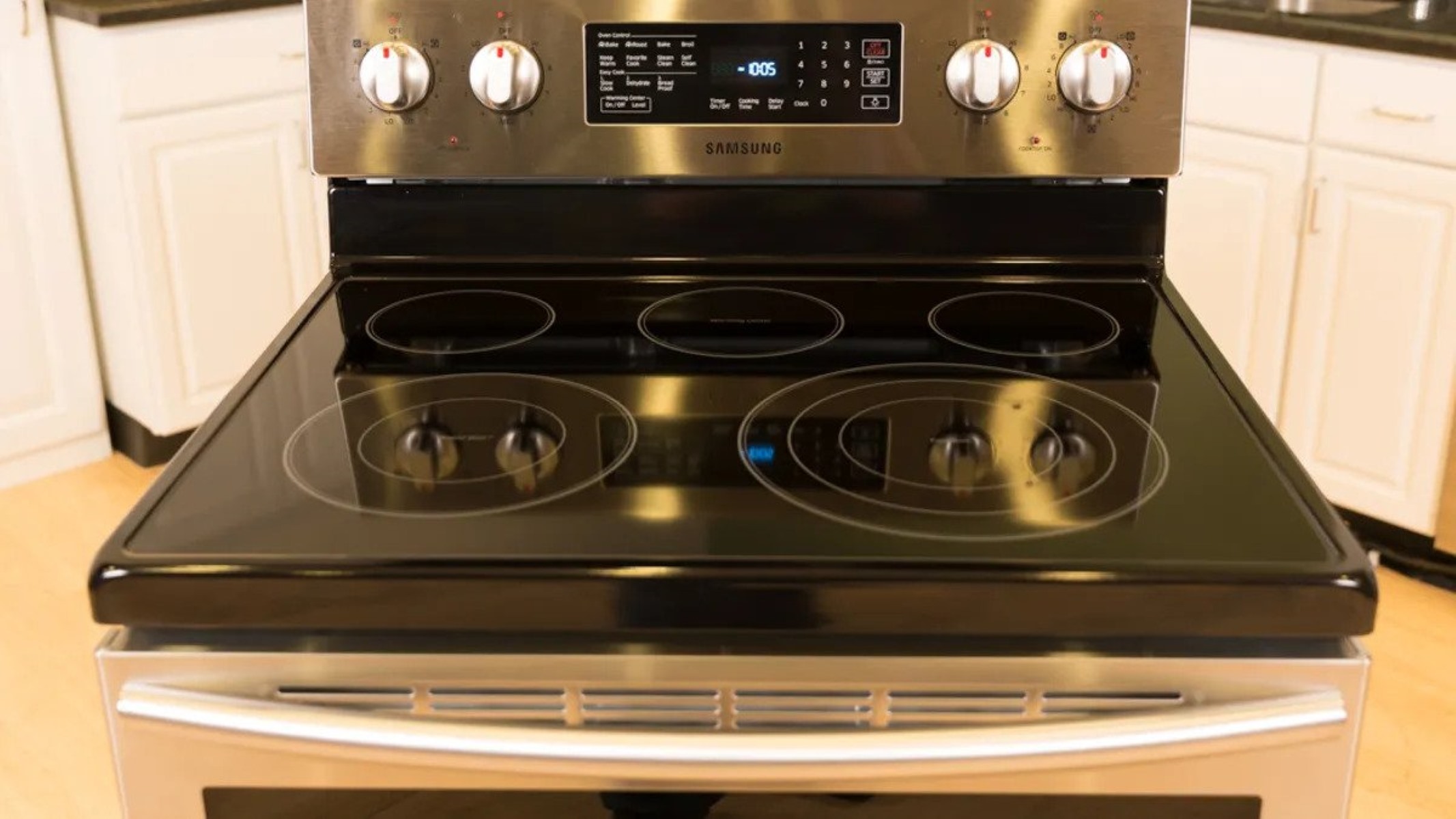Home>Furniture>How Will Hypopigmentation Appear Under A Wood’s Lamp
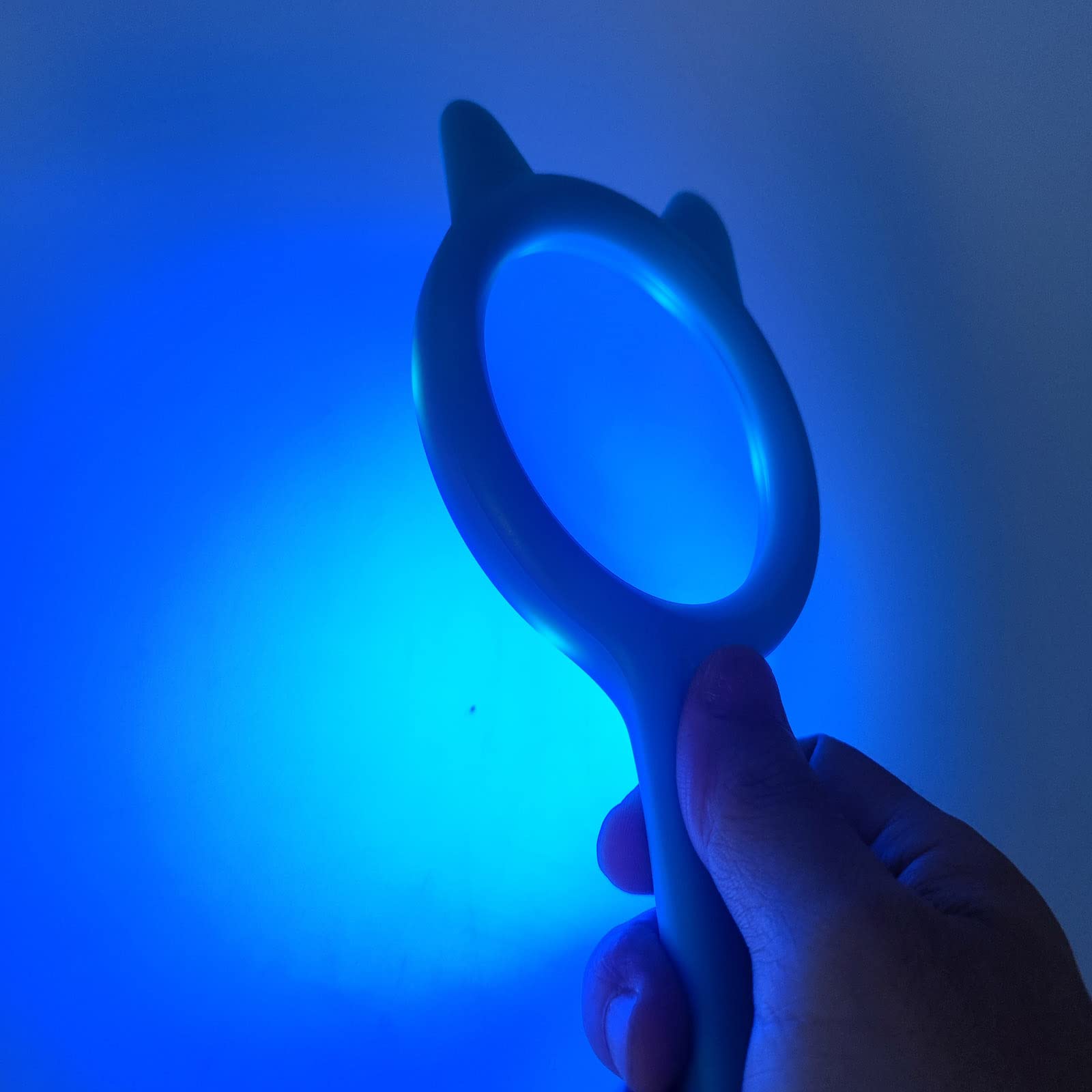

Furniture
How Will Hypopigmentation Appear Under A Wood’s Lamp
Modified: December 12, 2023
Discover how hypopigmentation appears under a Wood’s lamp and its effects on furniture. Learn how to identify and address this issue effectively.
(Many of the links in this article redirect to a specific reviewed product. Your purchase of these products through affiliate links helps to generate commission for Storables.com, at no extra cost. Learn more)
Introduction
Hypopigmentation, an intriguing dermatological phenomenon, refers to the lightening or loss of skin color due to a reduction in melanin production. This condition can manifest in various forms and may be indicative of underlying health concerns. One of the methods used to examine and assess hypopigmentation is the Wood’s lamp examination, which employs ultraviolet light to illuminate and evaluate the skin.
Understanding hypopigmentation and its implications is crucial for dermatologists, medical professionals, and individuals seeking to comprehend skin health. This article delves into the intricacies of hypopigmentation, explores the process of Wood’s lamp examination, and elucidates how hypopigmentation appears under this specialized light. By shedding light on this topic, we aim to enhance awareness and knowledge surrounding hypopigmentation and its significance in dermatology.
Key Takeaways:
- Hypopigmentation causes light patches on the skin due to reduced melanin. A Wood’s lamp helps dermatologists see these patches under special light, aiding in diagnosis and personalized treatment plans.
- The Wood’s lamp is like a secret detective tool for dermatologists, helping them solve the mystery of hypopigmentation. It also helps patients understand and track their treatment progress.
Understanding Hypopigmentation
Hypopigmentation is a dermatological condition characterized by the loss of skin color, resulting in lighter patches or areas on the skin. This occurs due to a decrease in the production of melanin, the pigment responsible for skin, hair, and eye color. Melanin is produced by melanocytes, specialized cells located in the outer layer of the skin. When these cells are compromised or fail to function optimally, hypopigmentation may occur.
There are several factors that can contribute to hypopigmentation. Genetic predisposition, autoimmune disorders, skin injuries, infections, and certain medications can all play a role in disrupting melanin production. Additionally, conditions such as vitiligo, albinism, and tinea versicolor are commonly associated with hypopigmentation.
Understanding the underlying causes of hypopigmentation is essential for accurate diagnosis and effective treatment. Dermatologists and healthcare providers carefully evaluate the patient’s medical history, conduct thorough physical examinations, and may perform specialized tests, including the Wood’s lamp examination, to assess the extent and nature of hypopigmented areas.
By gaining a comprehensive understanding of hypopigmentation, medical professionals can provide personalized care and management strategies tailored to each individual’s unique needs. Furthermore, raising awareness about hypopigmentation fosters empathy and support for those affected by this condition, promoting inclusivity and understanding within the community.
Wood’s Lamp Examination
The Wood’s lamp, named after Robert W. Wood who invented it in 1903, is a handheld ultraviolet light device used in dermatology to aid in the diagnosis and assessment of various skin conditions, including hypopigmentation. This specialized lamp emits ultraviolet light with a wavelength of 320 to 400 nanometers, causing certain skin pigments to fluoresce and become visible under specific conditions.
During a Wood’s lamp examination, the room is dimmed to enhance the visibility of skin pigments. The affected area is then exposed to the ultraviolet light, allowing the dermatologist to observe any abnormal pigmentation or fluorescence. This examination is particularly valuable in identifying hypopigmented areas that may not be readily visible under normal lighting conditions.
Furthermore, the Wood’s lamp can aid in the diagnosis of various skin conditions, including fungal infections, bacterial infections, and pigmentary disorders. The fluorescence patterns and color changes observed under the Wood’s lamp provide valuable insights for dermatologists, enabling them to make accurate diagnoses and formulate appropriate treatment plans.
It is important to note that while the Wood’s lamp examination is a valuable diagnostic tool, it is not a standalone method for diagnosing skin conditions. Dermatologists utilize a combination of clinical assessments, patient history, and additional tests to arrive at comprehensive and accurate diagnoses.
Overall, the Wood’s lamp examination is a non-invasive, rapid, and cost-effective tool that complements the dermatologist’s clinical expertise, contributing to the accurate diagnosis and management of various dermatological conditions, including hypopigmentation.
How Hypopigmentation Appears Under a Wood’s Lamp
When hypopigmented areas are examined under a Wood’s lamp, they may exhibit distinct characteristics that aid in the assessment and diagnosis of the condition. The appearance of hypopigmentation under the ultraviolet light can provide valuable clues regarding the underlying cause and nature of the skin discoloration.
Under the Wood’s lamp, hypopigmented areas typically appear as well-defined, milky-white patches that contrast with the surrounding skin. These areas may exhibit a stark contrast when compared to normal skin pigmentation, making them easily discernible under the ultraviolet light. In some cases, the borders of hypopigmented patches may appear slightly raised or demarcated, further distinguishing them from the surrounding skin.
Furthermore, the Wood’s lamp examination can reveal subtle nuances in hypopigmented areas, such as variations in fluorescence and texture. Dermatologists carefully observe the fluorescence patterns and texture changes under the ultraviolet light, allowing them to gather crucial information for accurate diagnosis and treatment planning.
In certain instances, hypopigmented areas may display a diminished or absent fluorescence under the Wood’s lamp, indicating a significant reduction in melanin content. This observation can help differentiate hypopigmentation from other skin conditions and guide the dermatologist in formulating an appropriate management approach.
It is important to emphasize that the appearance of hypopigmentation under the Wood’s lamp is influenced by various factors, including the individual’s skin type, the depth of pigment loss, and the presence of underlying skin conditions. Dermatologists leverage their expertise and the information gleaned from the Wood’s lamp examination to provide personalized care and tailored treatment strategies for patients with hypopigmentation.
By understanding how hypopigmentation presents under a Wood’s lamp, dermatologists can make informed clinical decisions, educate patients about their condition, and collaborate with them to achieve optimal outcomes in managing hypopigmented areas.
When using a Wood’s lamp, hypopigmentation will appear as white or light patches on the skin due to a decrease in melanin production. This can be helpful in diagnosing conditions such as vitiligo or tinea versicolor.
Factors Affecting Hypopigmentation Visibility
Several factors influence the visibility and appearance of hypopigmentation under a Wood’s lamp, contributing to the complexity of diagnosing and assessing this dermatological condition. Understanding these factors is crucial for dermatologists and healthcare providers as they navigate the intricacies of hypopigmentation and its manifestations under specialized lighting.
Skin Type: The individual’s skin type plays a significant role in the visibility of hypopigmentation under a Wood’s lamp. In individuals with lighter skin tones, hypopigmented areas may appear more pronounced and readily discernible under ultraviolet light. Conversely, individuals with darker skin tones may exhibit less contrast between hypopigmented patches and surrounding skin, requiring careful observation and expertise to identify subtle differences in pigmentation.
Depth of Pigment Loss: The depth at which melanin is lost or reduced can impact the visibility of hypopigmentation under the Wood’s lamp. Superficial pigment loss may result in more conspicuous hypopigmented areas, while deeper pigment alterations may present with subtler fluorescence patterns. Dermatologists consider the depth of pigment loss when interpreting the appearance of hypopigmentation under ultraviolet light, aiding in accurate diagnosis and treatment planning.
Presence of Other Skin Conditions: Coexisting skin conditions, such as tinea versicolor or post-inflammatory hypopigmentation, can influence the visibility and fluorescence of hypopigmented areas under the Wood’s lamp. Differentiating between primary hypopigmentation and secondary pigmentary changes is essential for formulating targeted treatment strategies and addressing any underlying dermatological concerns.
Patient History and Clinical Presentation: The patient’s medical history, including previous skin injuries, infections, or exposures to medications, provides valuable context for interpreting hypopigmentation under the Wood’s lamp. Dermatologists integrate the patient’s clinical presentation and history with the findings from the Wood’s lamp examination to arrive at comprehensive assessments and individualized management plans.
Overall, the visibility of hypopigmentation under a Wood’s lamp is influenced by a myriad of factors, necessitating astute clinical judgment and expertise in dermatological assessments. By considering these factors, healthcare providers can navigate the complexities of hypopigmentation and deliver precise, patient-centered care to individuals with this dermatological concern.
Read more: How To Fix E2 Error In A Washing Machine
Clinical Significance
The clinical significance of assessing hypopigmentation under a Wood’s lamp extends far beyond the visual observation of skin fluorescence. This specialized examination holds immense value in dermatology, offering vital insights into various skin conditions and guiding healthcare providers in their diagnostic and treatment endeavors.
Diagnostic Aid: The Wood’s lamp serves as a valuable diagnostic aid, enabling dermatologists to visualize and assess hypopigmented areas with enhanced clarity. By observing the fluorescence patterns and textural changes under ultraviolet light, healthcare providers can differentiate between different types of hypopigmentation, such as vitiligo, albinism, or post-inflammatory hypopigmentation. This aids in making accurate diagnoses and formulating tailored management plans for patients.
Evaluation of Treatment Efficacy: For individuals undergoing treatment for hypopigmentation, the Wood’s lamp examination provides a means to monitor the response to therapeutic interventions. By periodically assessing the fluorescence and texture of hypopigmented areas, dermatologists can gauge the progression of treatment and make informed adjustments to the management plan as needed. This contributes to optimizing treatment outcomes and ensuring the well-being of patients with hypopigmentation.
Patient Education and Engagement: The visual demonstration of hypopigmented areas under the Wood’s lamp offers a unique opportunity for patient education and engagement. Dermatologists can use this tool to illustrate the nature of hypopigmentation, discuss the underlying mechanisms, and empower patients to actively participate in their care. This fosters a collaborative approach to managing hypopigmented areas, promoting patient understanding and adherence to treatment regimens.
Research and Education: The Wood’s lamp examination serves as an invaluable tool for research and educational purposes within the field of dermatology. By studying the fluorescence patterns and characteristics of hypopigmented areas under ultraviolet light, researchers can gain deeper insights into the pathophysiology of various skin conditions. Furthermore, the educational use of the Wood’s lamp equips dermatology students and practitioners with practical skills for assessing pigmented lesions and skin abnormalities.
Overall, the clinical significance of assessing hypopigmentation under a Wood’s lamp transcends mere visual examination, encompassing diagnostic, therapeutic, educational, and research-related realms. This underscores the pivotal role of the Wood’s lamp in enhancing the understanding and management of hypopigmentation and other dermatological conditions.
Conclusion
In conclusion, the examination of hypopigmentation under a Wood’s lamp represents a pivotal aspect of dermatological assessments, providing valuable insights into the nature, visibility, and characteristics of hypopigmented areas. By harnessing the ultraviolet light emitted by the Wood’s lamp, healthcare providers can elucidate the nuances of hypopigmentation, aiding in accurate diagnosis, treatment planning, and patient education.
Understanding hypopigmentation and its manifestations under specialized lighting is paramount for dermatologists and medical professionals, enabling them to navigate the complexities of various skin conditions and deliver personalized care to individuals with hypopigmented areas. The clinical significance of the Wood’s lamp extends beyond its role as a diagnostic tool, encompassing the evaluation of treatment efficacy, patient engagement, and contributions to research and education within the field of dermatology.
As we continue to unravel the intricacies of hypopigmentation and advance our knowledge of skin health, the Wood’s lamp remains an indispensable instrument in the dermatologist’s arsenal, facilitating comprehensive assessments and enhancing the quality of care for individuals with hypopigmentation and related dermatological concerns.
Ultimately, the integration of the Wood’s lamp examination into clinical practice underscores the commitment to precision, empathy, and innovation in the field of dermatology, ensuring that individuals with hypopigmentation receive the utmost attention and support in their journey towards optimal skin health.
Frequently Asked Questions about How Will Hypopigmentation Appear Under A Wood’s Lamp
Was this page helpful?
At Storables.com, we guarantee accurate and reliable information. Our content, validated by Expert Board Contributors, is crafted following stringent Editorial Policies. We're committed to providing you with well-researched, expert-backed insights for all your informational needs.


